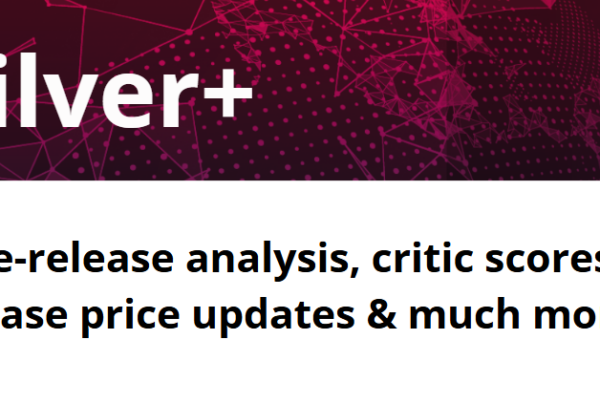Merchant D, a US-based retailer, has been a member of Liv-ex since 2013. It began using trading automation back in 2016, upgraded the system in 2017 and has enjoyed several sales and efficiency advantages throughout.
Before trading automation
Merchant D was fully set up for e-commerce – selling wine on its website – even before automating. It listed around 1,000 items for sale but found it incredibly laborious to maintain.
“Every single product had to be manually posted. It was a lot of work even though it was an e-commerce environment”, its founder told us.
He wanted to find a way to sell more wine, more efficiently.
What they did
Merchant D has automated in two ways in the past four years. The first involved a powerful but expensive warehouse management system.
The second, which it moved to in 2017, relies on WooCommerce, a free and popular plugin for WordPress, a website creation tool. WooCommerce is not a complex application, but with some lightweight development work is capable of supporting Liv-ex trading automation.
He takes offer prices from Liv-ex and automatically adds a margin based on variables like region and vintage, plus transaction and shipping fees.
The wines from Liv-ex are then displayed alongside other stock, with the delivery time specified. Customers can then purchase them directly from his website.
LWIN, the Liv-ex Wine Identification Number, works behind the scenes to make sure that all information about the wines is exchanged accurately and automatically. It also provides additional data points about each wine, like region and vintage, which can be used in the relevant parts of the website, like search.
The results
Merchant D has enjoyed several benefits of trading automation: increased sales, lower risk, improved cash flow, and reduced admin.
The number of items listed for sale on its website has increased from 1,000 to 10,000. With customers enjoying more choice, sales grew by 17% in 2018 and 25% in 2019.
All of this happens easily. “We’re connected to Liv-ex 24/7. We wake up in the morning, pour some coffee, check our sales and find that someone from the other side of the country has purchased thousands of dollars of wine while we were sleeping”, the company’s founder told us.
He estimates that staff time has reduced by around a third while sales have grown.
“It’s also helped to attract a higher value customer; the type that buys by the case”, he said. “The average purchase value has definitely gone up.”
Although its offering has increased dramatically, its inventory has dropped by 80% in four years, meaning that the business is taking significantly less risk. With customers paying online to secure the stock before the merchant is invoiced by Liv-ex, cash flow has improved too.
The process and success of using Liv-ex APIs meant that Merchant D was well-equipped to take advantage of other similar services – and motivated to do so, albeit on a smaller scale.
Now that automation has been built, Merchant D will continue to enjoy these multiple benefits over the long term.
This report was based on a phone interview with the founder, who prefers to remain anonymous.
Find out more
Automation can be brought in a number of ways, at various levels of complexity depending on your business needs. Our experienced consultants are available to help you find the best solution for you. To request a free call, visit this page.
You can also download our short guide to automation, which outlines the various ways that wine merchants are automating. Complete this short form to receive your copy.



